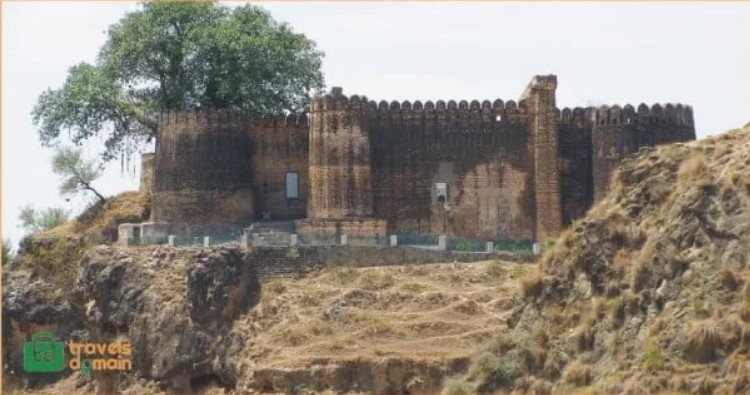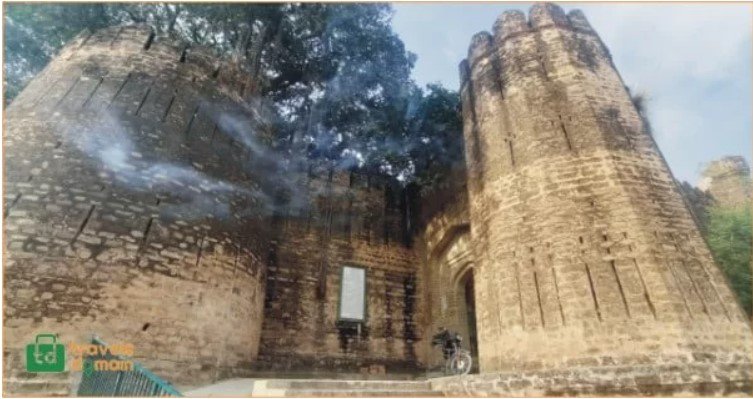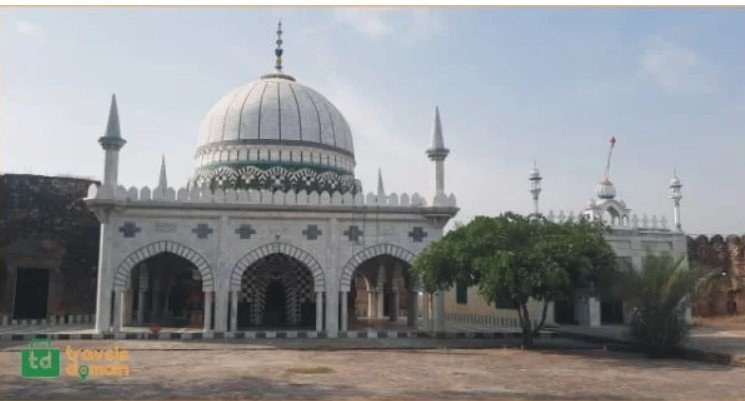Sangni Fort Rawalpindi: Sangani Killa Kallar Sayedan Rawalpindi
Sangni Fort is one of a few forts (safeguards) covering the Potohar Plateau. It is located between Rawat Fort and Ramkot Fort (25 kilometers toward the southeast).
It was likely to be constructed in the late Mughal time, however during the Sikh period, which started in 1814, it went through significant fortifying.
- Lahore Fort: History and Architecture of an Attraction in Lahore
- Fort Munro: A Fascinating Hilly Paradise Near Dera Ghazi Khan
Following the Sikh extension of Punjab in 1849 or conceivably after the English occupation started there on, it was subsequently changed over into a prison.
Sangni Fort Rawalpindi
The Etymology of Sangni Fort Rawalpindi
As per custom its unique name was Sangi, yet was adjusted to Sangni (or Sanghani) under the rule of Ranjit Singh. Although the name’s starting point is obscure, it very well may be connected with the Sangam expression, which signifies “Meeting point,” concerning two streams near this fort.
Another speculation is that singing, which is the word importance stone, motivated the name.
A clarification that is more uncertain is that Sangni is a defilement of the well-known Sikh family name Singh.
Tomb of Sufi Abdul Hakeem:
Abdul Hakeem has a sanctum inside the stronghold. He is remembered to have gone to the locale to teach from Arabia through Iran.
Abdul Hakeem allegedly showed up in Sangni during the Dogra time, as per Rasheed of Dhoke Las. This area was administered by Azad Jammu Kashmir at that point. The Dogra troops restricted Abdul Hakeem from entering when he ventured out to Sangni to teach.
Gujranwala Famous Food: Best Food in Gujranwala
He was constrained to migrate to Chakrali Town, where large numbers of the inhabitants ultimately transformed into his devotees.
He laid out Chakrali as his super durable spot of teaching, from whence his standing developed across the towns of the Potohar locale until he died and was covered there.
50 years after Abdul Hakeem’s passing, as per Raja Aslam of Sui Cheemian, a few people saw dreams of the holy person, who educated his supporters to ship his human remaining parts to the Sangni Fort.
Subsequently, his human bones were moved for reburial to Sangni Sharif, where his catacomb currently remains in the post’s center. Sangni before long procured the name, Sangni Sharif.
Read More:





2 Comments